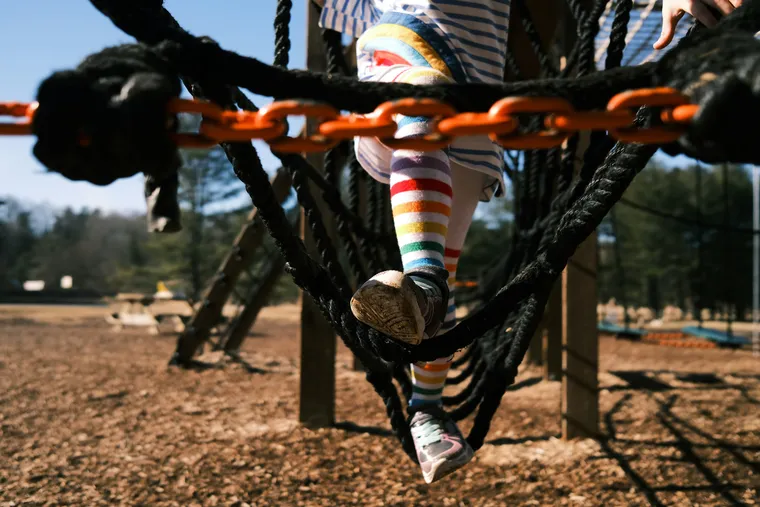This past spring certainly came in like a lion.
I live west of St. Louis, Mo., far enough out to enjoy my slice of suburban peace and quiet, but close enough to experience whatever severe weather rains down on the metro area. On March 15, the region experienced a whopping 11 tornadoes in a single night, as confirmed by the National Weather Service at the time of this writing — a number that could still tick slightly higher based on continuing investigations.
The twisters were of varying strengths, ranging from EF-1 to EF-3. There were multiple casualties, and several nearby towns faced devastating damage. We were lucky—our home and city were spared. We only had to deal with high winds and a couple hours of nervous news-watching in the basement.
After the weather settled and the sun rose, local reporters spent the next day taking stock of what was lost. Homes had been razed. Local businesses had been obliterated. Roofs had been ripped off school athletic facilities. Missouri Governor Mike Kehoe declared a state of emergency prior to the storms, so resources were promptly mobilized to assist those in need. But what lies ahead for the affected communities is a lengthy rebuilding process.
Perhaps most importantly, it will take considerable funding to reconstruct neighborhoods, landmarks, businesses, and lives. However, what’s also crucial to the recovery is great design. Damaged structures won’t only need to be repaired but also built back stronger, with greater capacity to withstand future extreme weather events. This isn’t a matter of reclaiming past glories—it’s about preparing for an uncertain future.
The design process often yields newness—new community centers, new stadiums, new playgrounds, etc.—and it’s exciting to talk about flashy projects built from scratch. But when we train our lens on parks, recreation, and camps, that newness is frequently tied to reimagination. Much of the innovation happening in this sector occurs during extensive renovations. Organizations work with what they already have and make it better.
In this year’s Design issue, that’s a significant theme that weaves together many of the articles. There’s a feature about the positive impact of pocket parks, which transform underutilized urban spaces into hubs of local activity. And sticking with parks, there’s a long-form feature about sculpture parks, which turn existing greenspaces into artistic showcases while delivering social and economic impacts for residents. And on the more technical side, stories about glass trends in construction and waste diversion techniques in parks make clear that upgrades can increase a property’s aesthetic value and its environmental impact.
Many of this month’s writers focus on design as a vehicle for change. There are situations that demand new builds (like the storms mentioned above), but in my research, I encounter many instances in which the task at hand is to take something old and make it new. Legacies must be preserved but enhanced, protected but reinvigorated.
As you read these stories, I hope you’re reminded of design’s magnitude and reach. What we see before us today, as facilities and fields and other spaces change dramatically, isn’t only about today. The best designs take into consideration what lies ahead, even if what lies ahead is unknown. One thing that is known—thoughtful design will always be integral, no matter the circumstance or creation.


